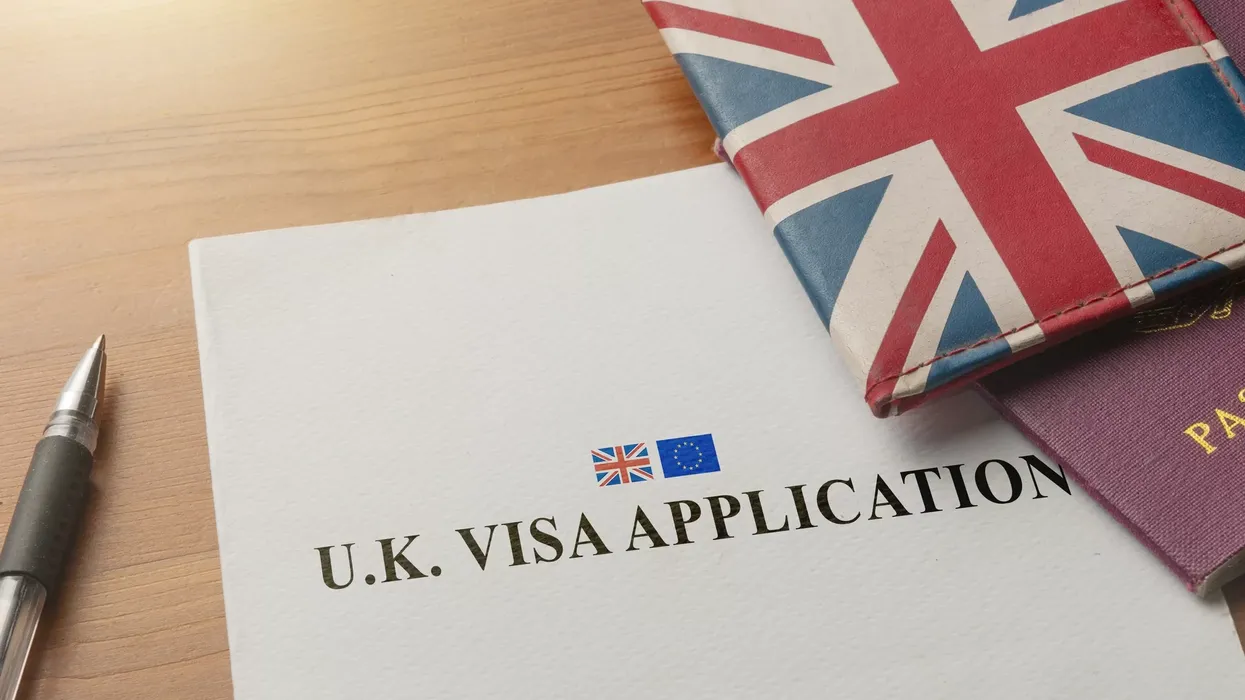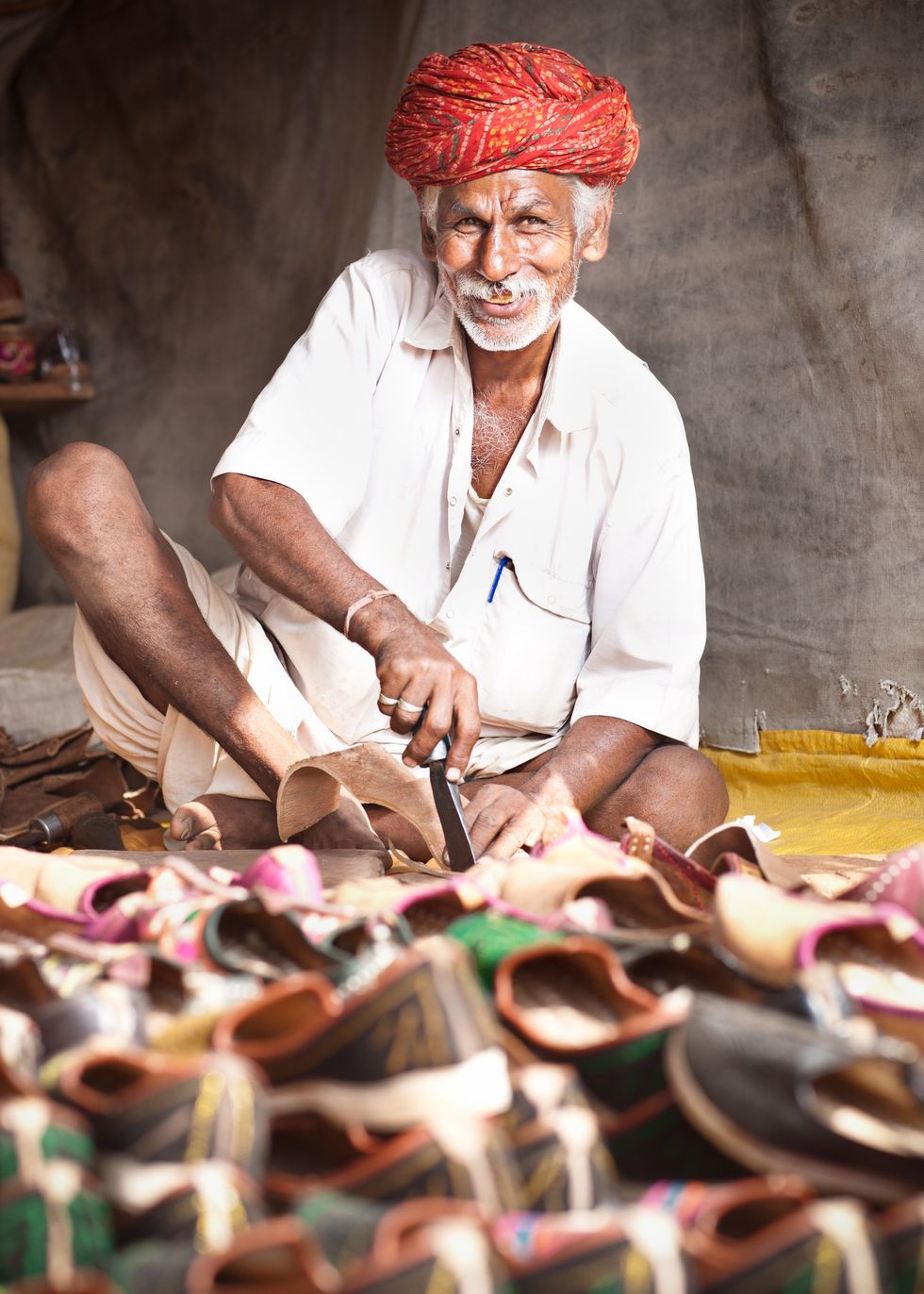The era of bragging about 16-hour workdays, skipping vacations, and living for the weekend. Over. Instead, this generation is embracing the soft life. A lifestyle that prioritises mental peace, flexible work, and enjoying the present instead of just grinding for the future.
But what is the soft life? And why does it seem like Gen Z has collectively decided they’d rather sip iced coffee at noon than chase corner office promotions? Let’s break it down.
What exactly is the soft life?
The soft life is not about being lazy. It’s not about quitting jobs, avoiding responsibilities, or expecting life to be easy. Instead, it’s about working smarter, not harder and making sure that work doesn’t consume your entire existence.
For Gen Z, success isn’t just about climbing the corporate ladder. It’s about:
• Making enough money to live comfortably without sacrificing happiness.
• Prioritizing mental health and rest.
• Choosing careers that align with their interests instead of just chasing fat paychecks.
• Having time to enjoy life.
It’s a direct response to the hustle culture that dominates millennial life. Where “busyness” is seen as a badge of honor, and burnout is almost expected. Gen Z saw that, learned from it, and said, “No, thanks.”
Bye-bye, hustle culture. Hello, balance.
Remember when grind culture was the norm? When people flexed about pulling all-nighters at the office and never taking a day off? That’s precisely what Gen Z is rejecting.
For years, success was tied to overworking, like long hours, constant stress, and the idea that if you weren’t exhausted, you weren’t working hard enough. But after watching millennials burn out in record numbers, Gen Z is rewriting the script.
Instead of working themselves into the ground, they’re prioritising:
- Remote work & flexibility – because who wants to be stuck in traffic for two hours every day?
- Mental well-being – because no job is worth sacrificing your sanity.
- Financial independence without suffering – because money is important, but so is enjoying life.
The digital nomad dream: Work hard but from a beach

One of the biggest shifts? Gen Z is no longer obsessed with traditional 9-to-5 jobs. Instead, they’re making money on their terms. Whether that’s through freelancing, content creation, or working remotely from anywhere in the world.
More Gen Z workers are opting for flexible careers that let them live life first and fit work around it instead of the other way around.
Soft life, soft savings: A new approach to money
Now, here’s where it gets interesting. Unlike previous generations who saved aggressively for retirement, Gen Z is all about “soft saving”. Spending on experiences, prioritizing happiness, and balancing both short-term joy and long-term security.
Instead of hustling non-stop to retire at 50, they’re finding ways to live a comfortable life now while still being financially smart.
Of course, this doesn’t mean they’re reckless. Gen Z is more financially aware than people think. They just value a life well-lived over a bank account full of money they’ll never get to enjoy.
The criticism: Is the soft life too soft?
Not everyone is convinced. Some argue that the soft life mindset encourages people to avoid hard work or that it’s unrealistic for everyone to work remotely or travel constantly.
And sure, not every job can be done from a laptop in a beach hut. But Gen Z isn’t saying work shouldn’t be hard. They’re just saying it shouldn’t consume your entire existence.
Even those who work in traditional jobs are bringing the soft life philosophy into their lives by:
•Setting strict work boundaries (no emails after hours? Yes, please.)
•Negotiating better pay & benefits (because working hard should be rewarded)
•Prioritizing hobbies, relationships, and travel just as much as career goals.
Because at the end of the day, what’s the point of working if you’re too tired to enjoy life?
Living easy, loving every moment
Gen Z isn’t rejecting work. They’re rejecting pointless suffering. They’re choosing to work in a way that allows them to live life fully now, not just when they retire.
And honestly? They might just be onto something.
So, if you ever catch a Gen Z sipping an iced latte on a weekday afternoon, laptop open, completely unbothered, just know: they’ve cracked the code.



















 Shefali Jariwala death raises concern over anti ageing drugs and self medication Instagram/shefalijariwala
Shefali Jariwala death raises concern over anti ageing drugs and self medication Instagram/shefalijariwala  Anti ageing pills found at Shefali Jariwala home spark health safety debate Instagram/shefalijariwala
Anti ageing pills found at Shefali Jariwala home spark health safety debate Instagram/shefalijariwala 
 Prada confirms Kolhapuri chappals inspired its 2026 Milan collectionInstagram/
Prada confirms Kolhapuri chappals inspired its 2026 Milan collectionInstagram/ Kolhapuri chappals have been crafted for centuries and received GI tag in 2019 iStock
Kolhapuri chappals have been crafted for centuries and received GI tag in 2019 iStock